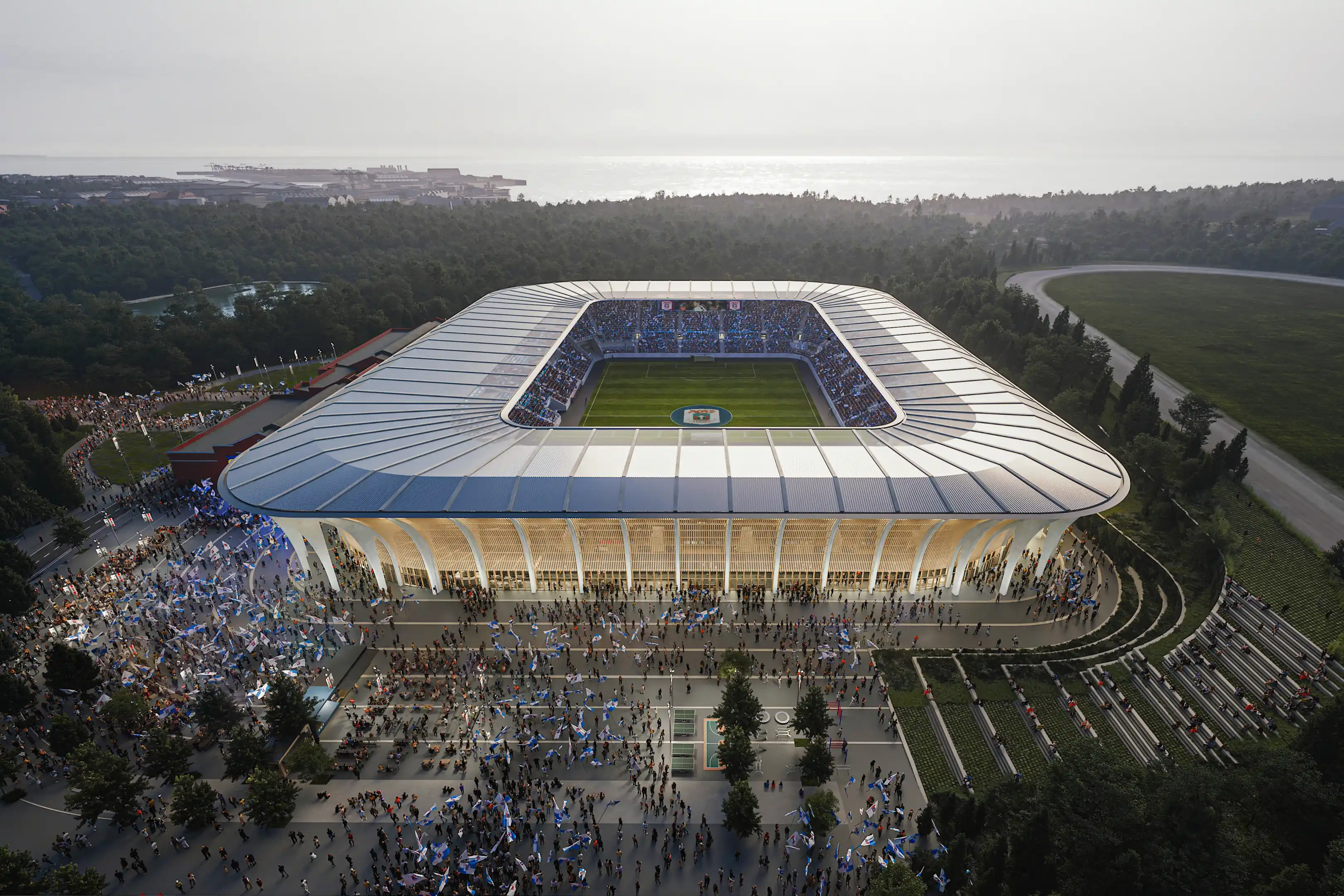Rooted in the old forests of Marselisborg in the City of Aarhus, the proposal merges local heritage with a bold architectural identity. Inspired by the area’s neo-classical influences and the depth of the surrounding forest, the design shapes the stadium into a vibrant new destination for Aarhus. By harmonizing the site’s historical character with its natural setting, the project creates a welcoming gesture—one that bridges sports culture with the tranquility of Marselisborg’s woodland.
The grand, open structure, crowned by an array of pillars, will invite both local supporters and visitors year-round. This ambitious vision is made possible through the generous support of Aarhus Municipality, along with donations from Salling Fondene and Lind Invest, underscoring a shared commitment to celebrating the city’s unique fusion of nature and urban life.
.svg)
.svg)


.svg)

.svg)
.svg)













